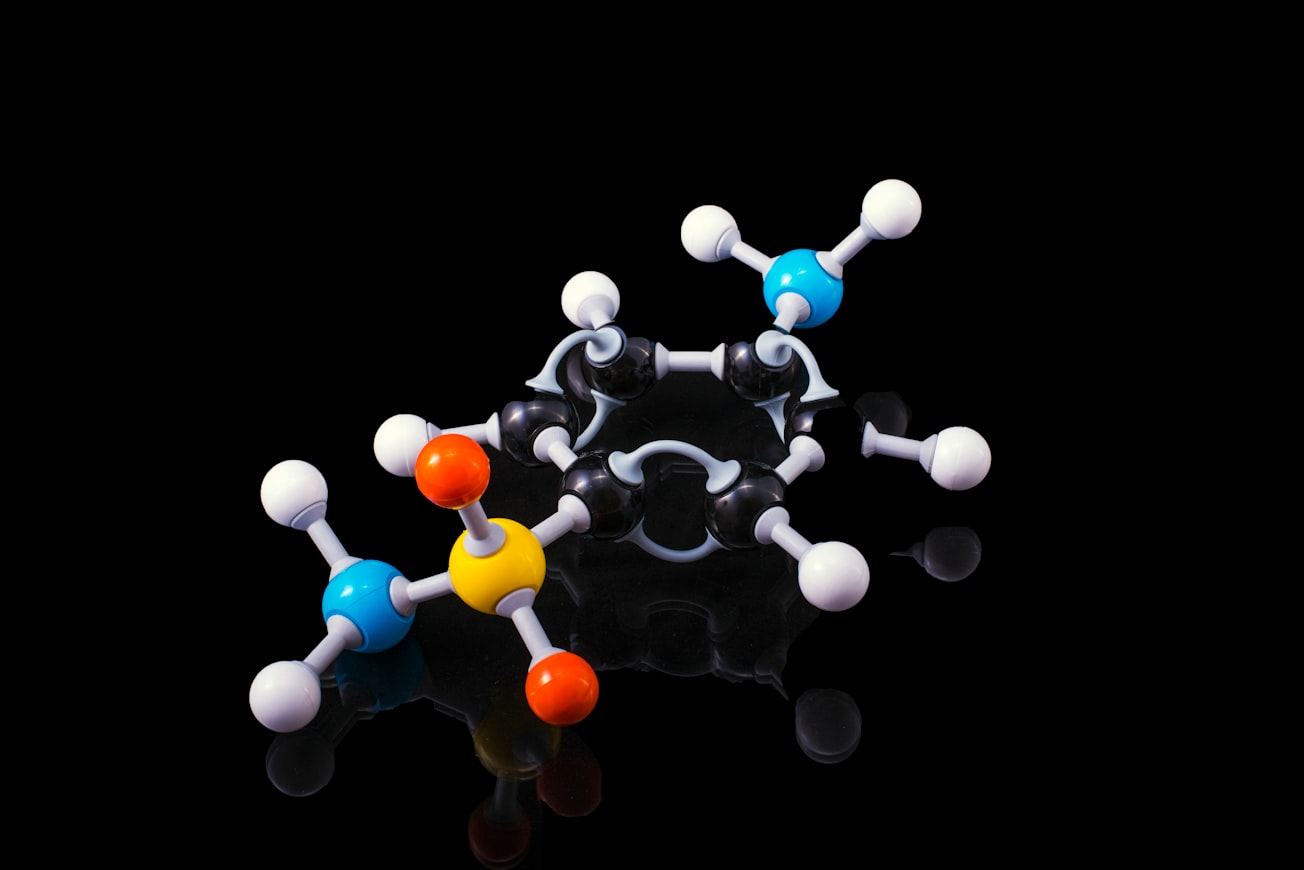What is it about?
In this work, we theoretically investigated the effect of width on the energetic stability, and structural, electronic and transport properties of five carbon nanoribbons (three zigzag and two armchair) with 5-8-5 carbon ring symmetry based on 2D POPGraphene, to understand how the width can tune their features and to suggest possible applications in nanoelectronics. Our study was conducted via DFT implemented in the SIESTA package, to compute the energetic, structural, and electronic properties, and DFT-NEGF, to compute the transport properties.
Featured Image

Photo by Terry Vlisidis on Unsplash
Why is it important?
The results show that all the nanoribbons are stable, with cohesive energy values in the range of those of several carbon allotropes. Furthermore, we see that the stability increases with the width, strongly depends on edge terminations (penta-rings improve stability), and reaches values similar to those of 2D POPGraphene. The structural properties show that the width effect associated with edge shape acts like a uniaxial tensile strain application in most of the nanoribbons. The electronic properties show that most of the nanoribbons are metallic, except for the two armchair cases, which have a tiny indirect bandgap. We see that the armchair cases have several sub-bandgap regions that trigger negative differential resistance in devices, and this possibly suggests applications in optoelectronic devices. These regions decrease with increasing width. The transport properties show that the zigzag devices in general have FET or RTD behaviour, and the armchair ones show FET, RTD and Zener diode behaviour.
Perspectives
Therefore, the width of a carbon nanoribbon can be used to adjust its features, which consequently suggests several applications of this kind of material in nanoelectronics.
Prof. Dr. Carlos Alberto Brito da Silva Jr.
Universidade Federal do Para
Read the Original
This page is a summary of: Theoretical investigation of width effects in the electronic and transport properties of carbon nanoribbons with 5-8-5 carbon rings: a first-principles study, Journal of Materials Chemistry C, January 2024, Royal Society of Chemistry,
DOI: 10.1039/d3tc03701k.
You can read the full text:
Contributors
The following have contributed to this page










